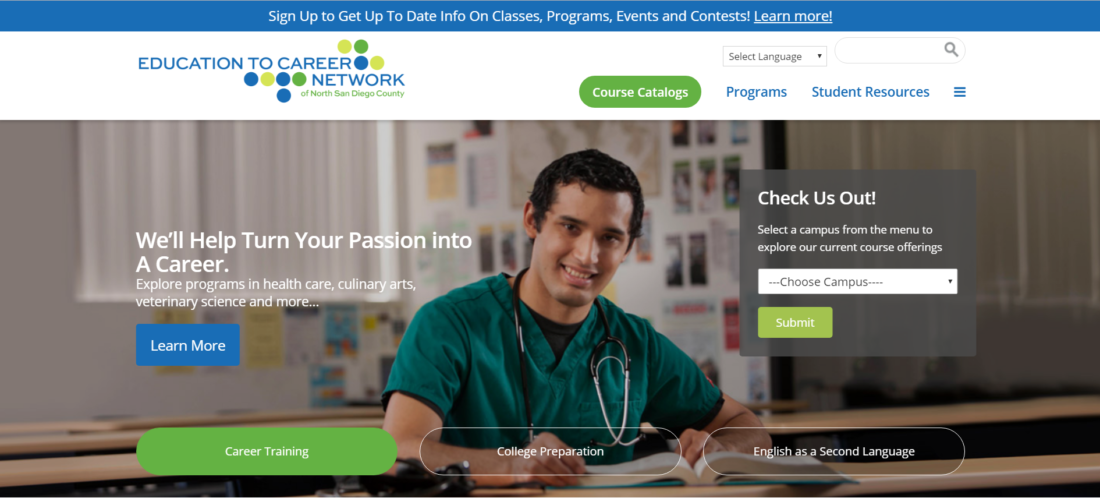4 Reasons Why Visual Communication has a Big Impact
The use of visual communication continues to grow and it is happening in all mediums – newspapers, websites, social media, instruction manuals and emails. Whether it is images, animated GIFs or video, visual aids can produce higher engagement than regular texts.
Visual communication creates a more effective and meaningful message, helping content creators get their point across. Read these 4 reasons why visual communication is crucial and more impactful when delivering a message:
- It saves time by relaying messages faster. Time is money, right? Getting your point across quickly is a huge benefit considering that readers often prefer to scan content rather than read word for word. The media landscape is filled with clutter and it is hard to acquire and retain the readers` attention, so keeping your material loaded with visuals is a surefire way to relay your message in less time. Studies have shown that we can get a sense of a visual scene in less than 1/10 of a second and visuals are processed 60,000 times faster in the brain than text!
- Visual communication ensures that a clear, unified message is delivered. In the business world of communication, less room for interpretation is what you want. It is important that all readers interpret a similar meaning, otherwise it can result in waste of time and confusion. Text-heavy content leaves much to imagination and it works for novels and pleasure reading, but not for business. Short, simple videos or animated GIFs are a great way to make sure everyone involved is on the same page.
- Visual Communication helps to provide a shared, consistent experience. Branding is an important part of delivering a consistent experience with visuals. Marketing activity is more effective if organizations define brand colors, logos, font, graphics, icons and imagery that will pair with the company`s voice and tone. It will not only make your brand recognizable and consistent, but it will also build brand awareness!
- Visual Communication results in better retention of the information. Considering that images are directly deposited and stored into the long-tern memory, using visuals helps the audience remember the information more effectively. Studies have found that after 2 weeks, only 10-20% of text or spoken word is recalled, compared to 50% of visual content! Regardless of your communication topic or plan, retention is always something to aim for.
Bringing it all together, the benefits of visual communication are for both the sender and the receiver and it is crucial to an overall strategic communication plan.











